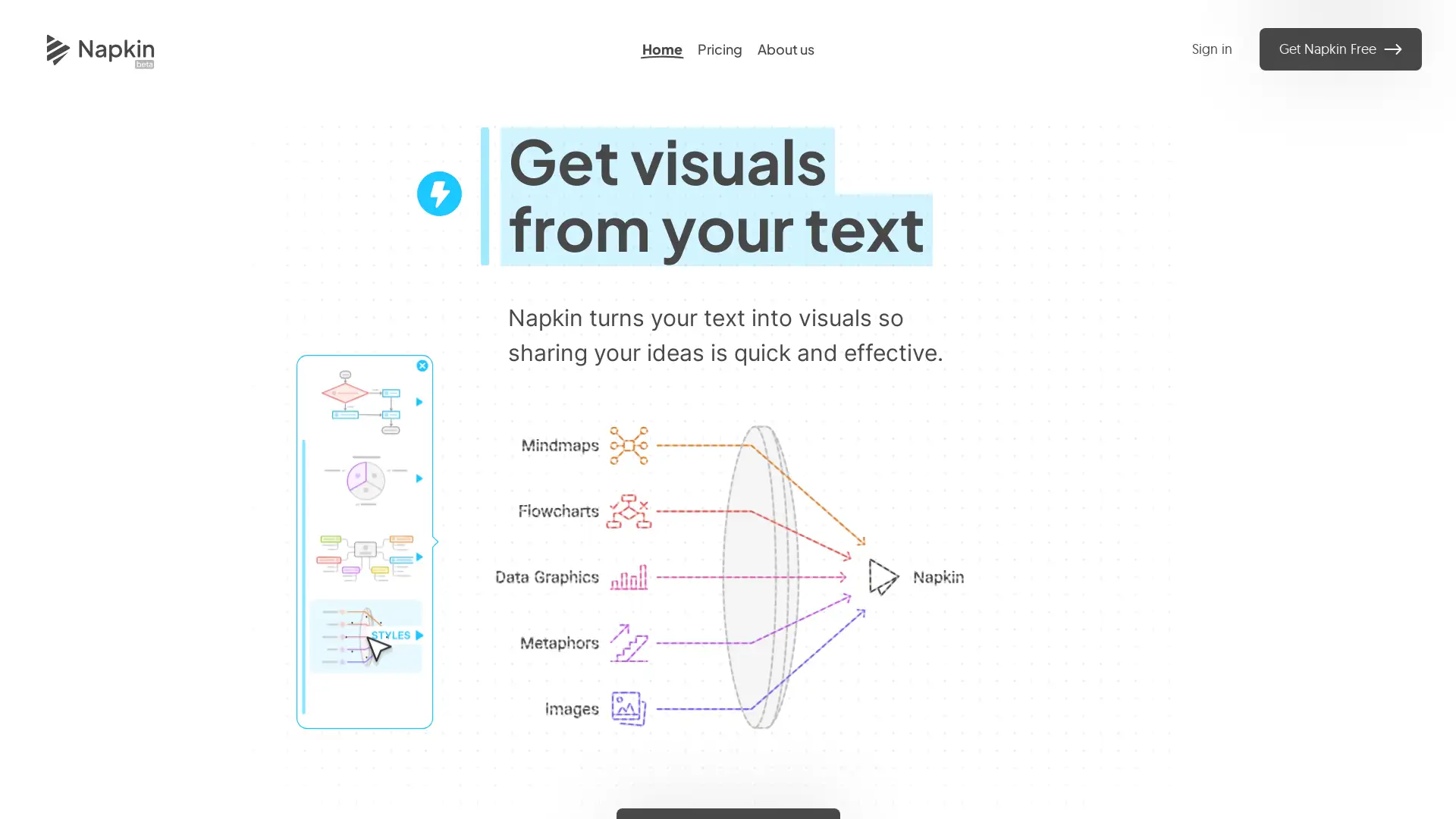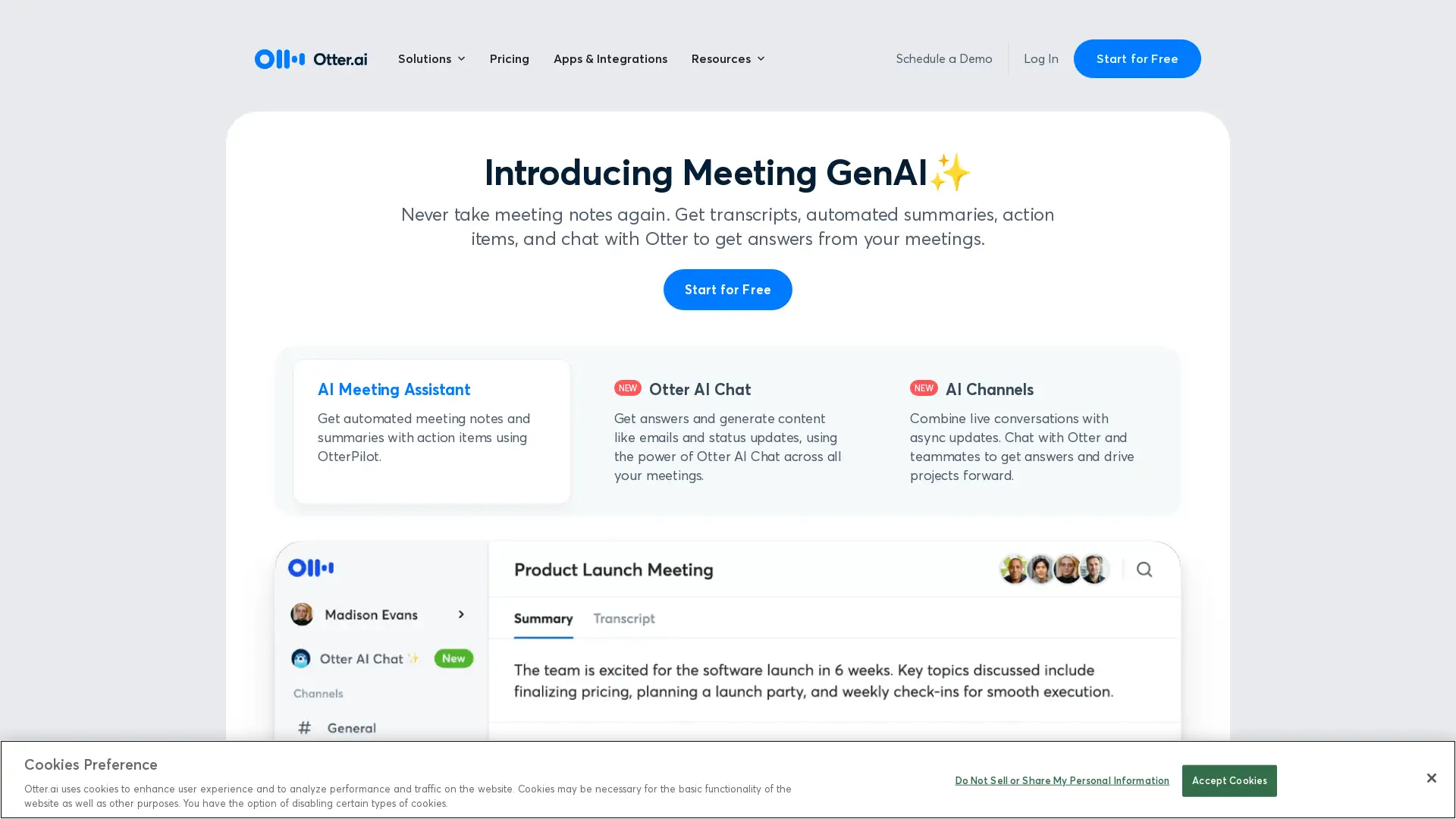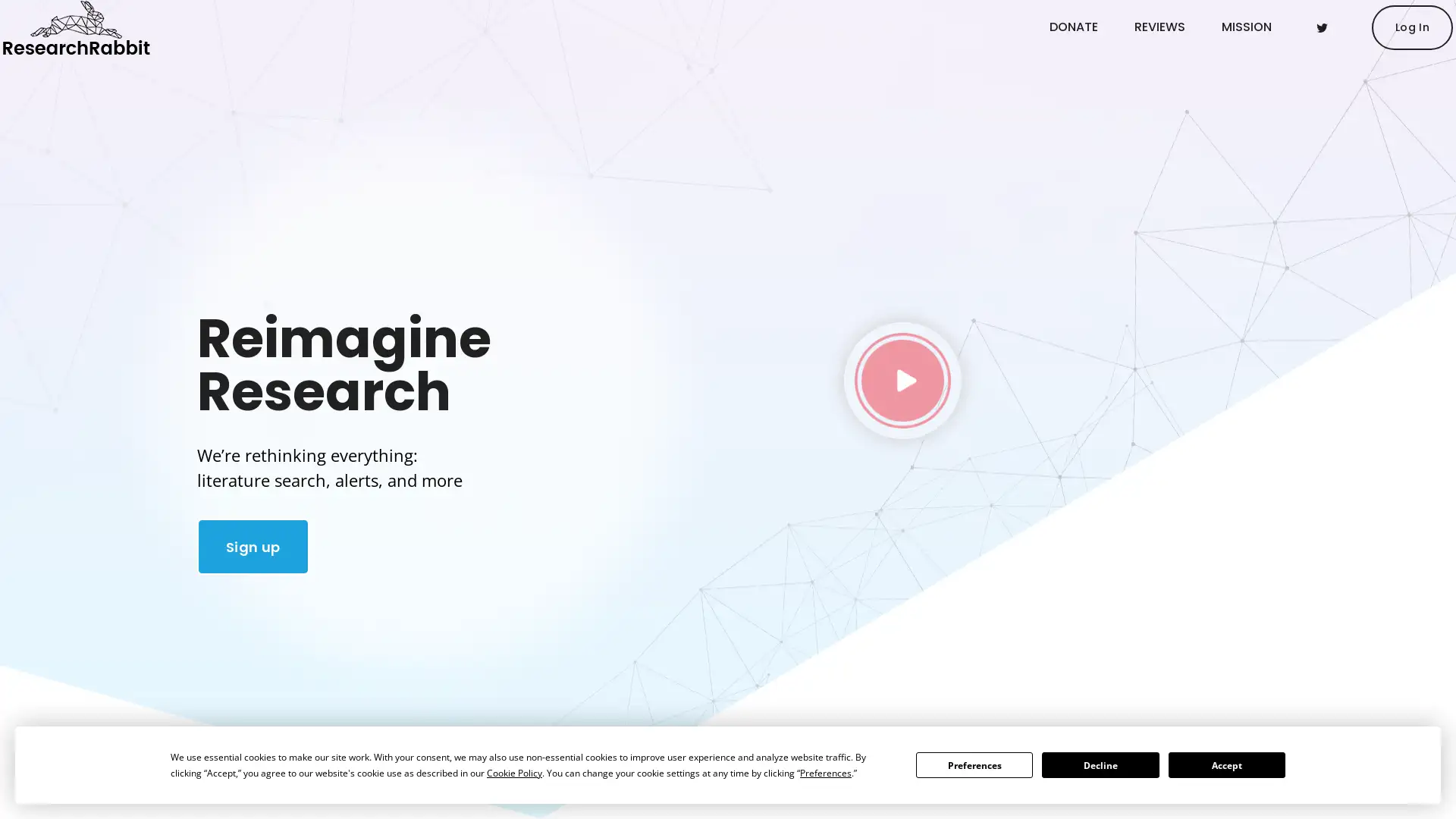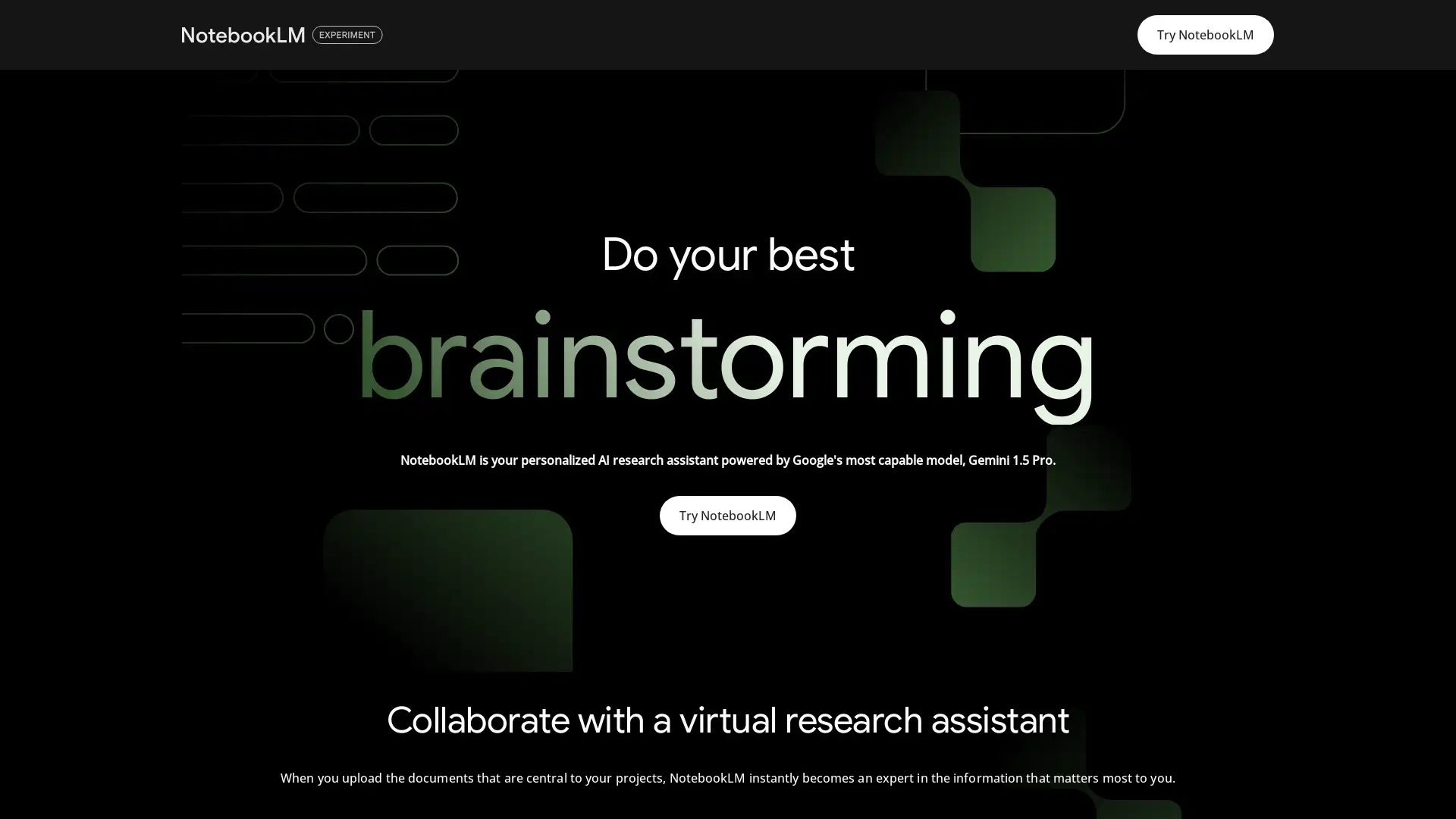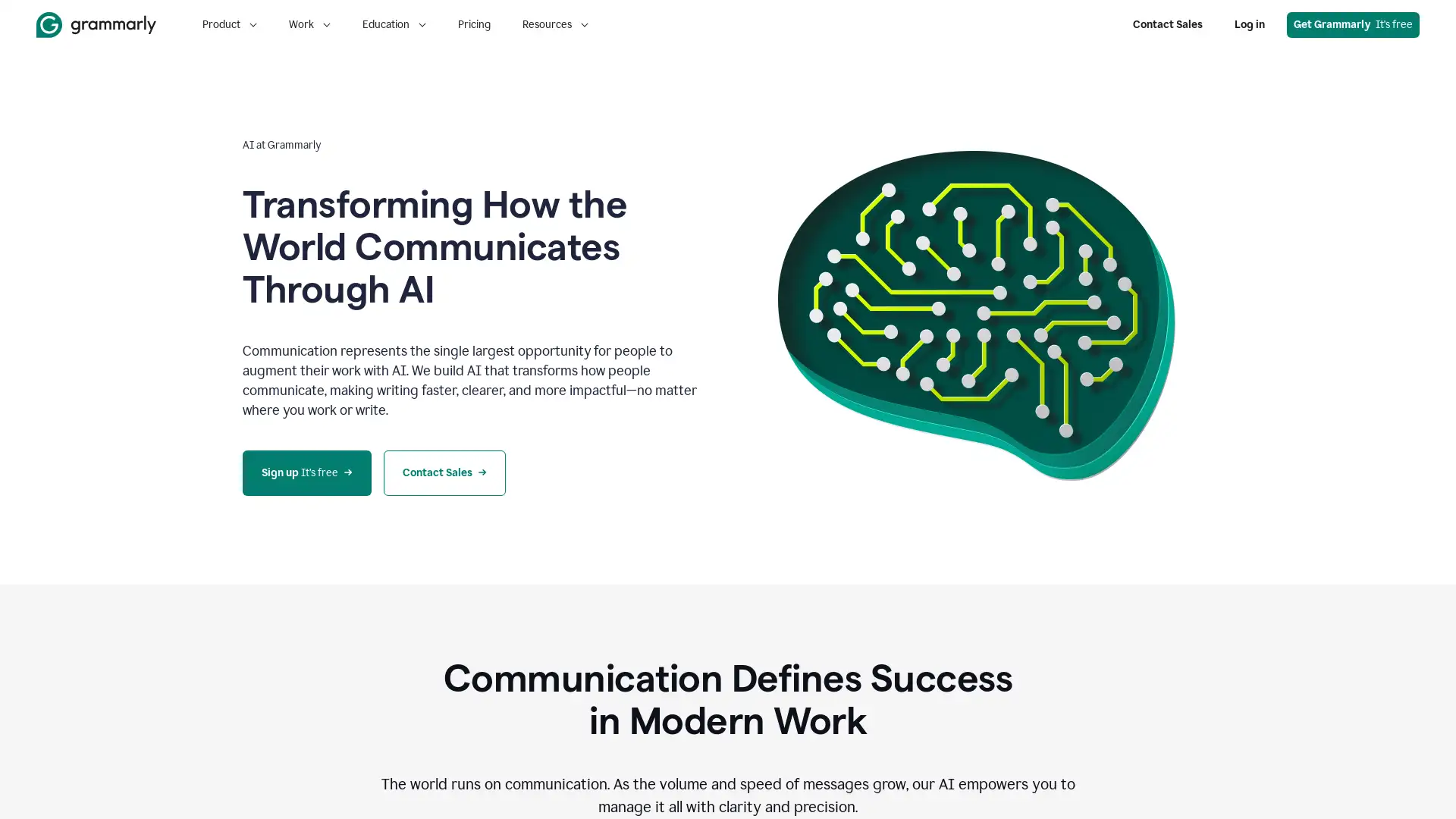Best 10 AI Tools for Collaboration in 2024
Napkin AI, otter, Research Rabbit, LinkFlash, Descript, Notebooklm, Splice, Kapwing, Grammarly AI, SCI Space are among the best paid and free Collaboration tools available.
Understanding AI Tools for Collaboration
AI tools for Collaboration are software solutions that leverage artificial intelligence to enhance teamwork and group activities. These tools streamline communication, manage data, automate tasks, and provide insights to help teams collaborate more effectively. They are designed to support distributed teams, improve productivity, and optimize workflows by facilitating seamless information exchange, real-time communication, and personalized collaboration features.
Key Features of AI Collaboration Tools
AI collaboration tools offer a wide range of features such as instant summarization of communication links (e.g., Slack), personalized research recommendations, and AI-powered transcription services. These tools can handle tasks from managing complex data streams to simplifying communication. Adaptable to various environments, they provide intuitive user interfaces, multi-language support, real-time data processing, and automation to minimize repetitive tasks and improve team efficiency.
Who Benefits from AI Collaboration Tools?
AI collaboration tools are beneficial for a wide range of users, from business professionals and researchers to developers and remote teams. Novices will find these tools accessible due to their user-friendly interfaces, while experienced users and developers can leverage customization options for more complex workflows. They are particularly useful for those working in collaborative environments such as research teams, corporate workgroups, and educational institutions.
Further Insights on AI Collaboration Tools
AI collaboration tools are increasingly becoming indispensable in various sectors by offering customized solutions for communication, project management, and research. Their intuitive design allows easy integration into existing systems, and their adaptability makes them versatile for both technical and non-technical users. As organizations adopt these tools, they benefit from enhanced productivity, automated workflows, and a seamless collaborative experience across teams.
